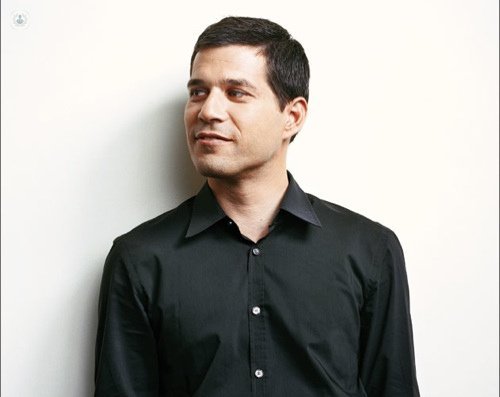The brachytherapy treatment of choice for prostate cancer
Written by:The IMOR Institute is one of the focal points in the field of radiation oncology treatments. We talked with Dr.. Benjamin Guix, director of IMOR and professor of Therapeutic Radiology and Physical Medicine of the University of Barcelona, to explain to us the advances in cancer treatment for prostate cancer.
 You have much changed the management of prostate cancer in recent times?
You have much changed the management of prostate cancer in recent times?
Lot. Today we can say that if we have an early diagnosis of the tumor, it is possible to achieve a cure rate close to 100%. For this, as always, we must carry out periodic checks of the PSA marker, which is the one that indicates a possible risk of prostate cancer.
When should make those checks?
Statistics show us that whenever we have patients with prostate tumors younger, so ideally start having them every two years from forty. Think that prostate cancer is the most common among men, so that control is essential to achieve a total cure.
What techniques are currently used in IMOR?
When diagnosed in early stages, the tumor is usually located in a part of the prostate. It is what we call organ-confined tumor. For tumors less risk of brachytherapy is used, a technique that applies radiation on diseased cells and in a few hours session conducted on one day, can reach 99% cure within track ten to fifteen years. If the tumor is more aggressive, the main novelty is the external radiation therapy combined with brachytherapy high dose rate, with results that are around 95-98% cure with the same follow-up period.
What are the advantages of these techniques?
In addition to its effectiveness, such actions prevent radioterápicas prostatectomy; ie, do not remove the prostate patient. This implies the absence of urinary incontinence and, in a high percentage of cases, erectile dysfunction is also avoided. Are techniques that have no side effects, no sequelae and improve the quality of life of patients. In fact, these techniques-known as stereotactic body radiotherapy (SBRT) - are more selective when it comes to preserving healthy tissue, and are even beginning to be applied in the treatment of other cancers, such as lung.


